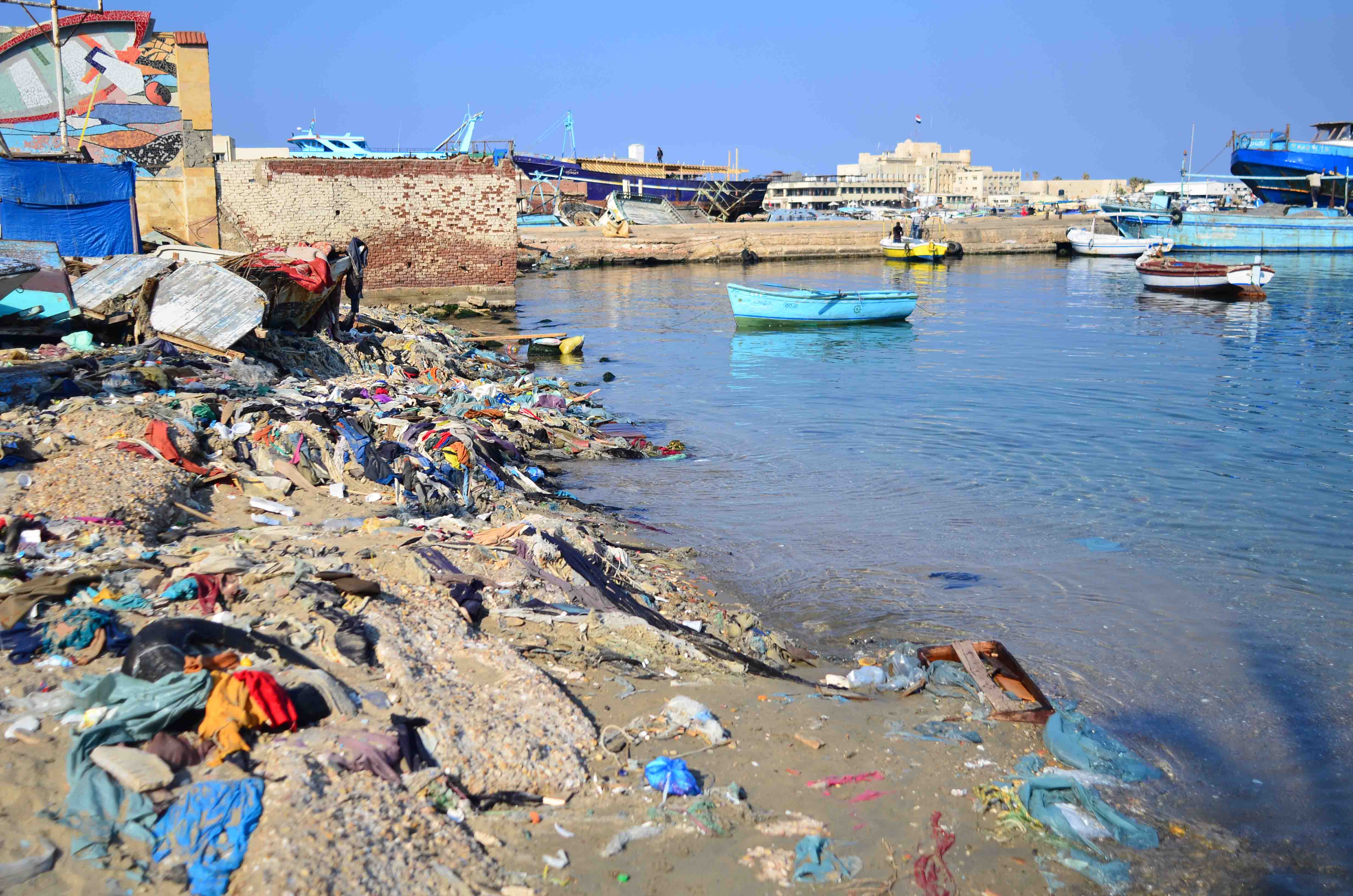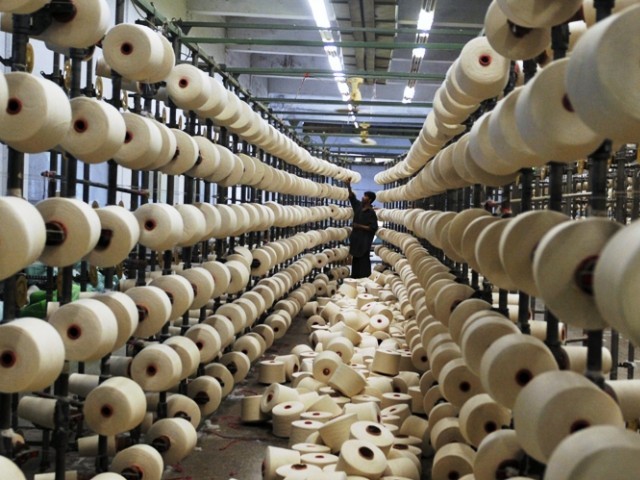
(Photo by Nadia Mounir )
By Simone Egarter
In an attempt to draw attention to environmental pollution, Cairo art gallery Darb 1718 has themed its newest exhibit, which opens 1 September, around waste metamorphosing into meaningful pieces of contemporary art.
The exhibit, called “Out to Sea? The Plastic Garbage Project”, is part of a year-long awareness campaign that will include events and exhibitions all over Egypt, from the beaches of Sinai to Hurghada, Cairo and Alexandria.
At the exhibit, visitors will first stop in front of a mountain of plastic garbage collected from the Red and Mediterranean Seas, and then take a tour of an installed island showing obscure plastic remains of waste disposal from the seas.
The exhibition also includes a short documentary on the life of a plastic bottle, and its long journey through the open sea.
Visitors won’t simply walk in and browse, said Mina Boktor, operations manager at Darb 1718. Docents, called “Eco-guides”, will accompany the visitors as they move through the art installations, giving background information.
The project aims to encourage people to be conscious about the way they use plastic by highlighting the environmental damage it causes, she said. Plastic trash often ends up in the seas and oceans, where a simple plastic bottle takes up to 450 years to decompose into micro plastic, health endangering particles when it gets into the human body.
“Recycle your plastic garbage,” Boktor said. “Reuse your plastic bottles. Buy a water dispenser instead of buying lots of small bottles.”
The exhibition, which launched from the Museum fur Gestaltung Zurich in Switzerland in 2012, has spent the last couple of years touring different parts of western Europe. This year, the environmental educational project is making its way through the Middle East.
In Egypt, the project focuses on the pollution of the Nile River, the Mediterranean Sea and the Red Sea.
Ahead of the exhibition, Darb 1718 started a clean-up mission in April by collecting plastic trash from the beaches of Marsa Alam and conducting an underwater cleaning in Dahab. All of the plastic that was found will be exhibited at Darb 1718, Boktor said.
The methodology of the exhibition is relatively new in Egypt. Darb 1718 tries to target people with different social backgrounds to deliver their message, to change people’s consumption habits and encourage action, said Nada Bakr, project manager at Darb 1718.
“If you blame people they will be defensive about it,” she said.
The ECO-tour guides encourage people to act responsibly rather than pointing fingers, Bakr said.
As part of the project, Darb 1718 will organise workshops, especially for school classes, which will teach children ways to recycle responsibly, Boktor said.
Artists will showcase creative ways to up-cycle an old plastic bag into a colorful backpack or to create artwork using trash, he said. An example for down-cycling would be reusing high quality plastic garbage to produce minor plastic quality products.
“For all of us, this is an experimental learning journey,” Bakr said.







